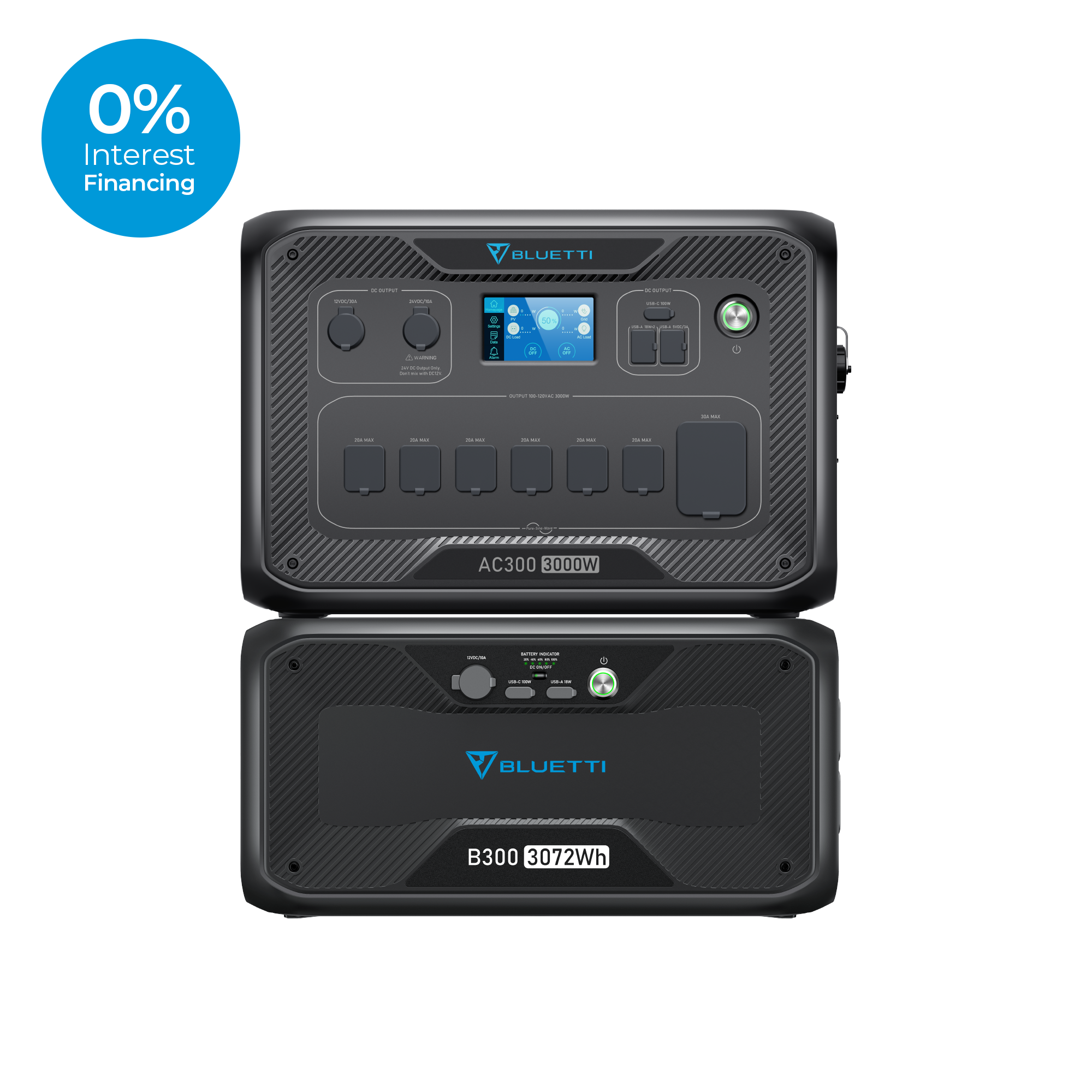Electricity costs hold a significant portion of household expenses for residents in regions exposed to variable weather conditions, such as Nova Scotia. Thus, it is suitable for inhabitants to understand an average electric bill so that they can be able to manage their finances well and decide for themselves on matters touching on the use of energy. The article, therefore, discusses the determining factors of power bills in Nova Scotia, the operations of Nova Scotia Power, current rates offered, and practical tips to reduce them.
How Does Nova Scotia Power Function?
NS Power is the leading energy distributor in Nova Scotia. The company generates, transmits, and distributes power throughout the province to 500,000+ residential, commercial, and industrial clients. It is regulated by the Nova Scotia Utility and Review Board to ensure running within the guidelines as posited by the province.
The largest source of electricity in Nova Scotia emanates from coal, relative to over 60% of the total generation within the province. However, under a diversification drive, Nova Scotia Power Company has been incorporating into its mix other sources of energy, such as oil, natural gas, hydro, wind, and biomass, which account for roughly 24% of all its energy production. This would, hence, bring a significant volume of coal with sustainability in the region's energy production.
Electric power is generated at power plants where different fuel sources are used to produce energy. Once generated, electric power is sent along long high-voltage lines to substations. The substations contain special transformers that reduce the voltage to levels appropriate for being distributed into individual homes and businesses. Nova Scotia Power provides 95% of the generation, transmission, and distribution services in the province and is considered part of the essential infrastructure of the region.
Time-of-day rates and Fixed rates are the billing structures used in Nova Scotia. The utility charges different rates for electricity use according to the TOD, including off-peak, on-peak, and during standard periods. The Fixed rate results in only one per kilowatt-hour used, irrespective of the time of day. If a customer wants to qualify for a TOD rate, they must have an electric-based space heating system that is capable of storing heat and proper timing controls installed.
What Is the Current NS Power Rate?
As of January 2024, a typical monthly Nova Scotia Power bill was about $195.00 for 1000 kWh use. It follows a rate structure that consists of a customer charge and an energy charge. The customer charge is, in essence, a fixed monthly cost of $19.17. A second factor in that price is an energy charge that varies with kilowatt-hour use.
For the Domestic Service Tariff, the energy charge will be 17.547¢ per kWh. The Time-of-Day rates are divided into off-peak, mid-peak, and on-peak rates. Off-peak is the lowest percentage, at 11.326¢ per kWh, and on-peak is the highest one, at 23.181¢ per kWh during winter weekdays.
What Affects the Cost of Your Power Bill in Nova Scotia?

Factors influencing electricity rates in NS include:
- Electricity Source: The primary source of electricity in Nova Scotia is coal, which is quite expensive compared to renewable sources like wind or hydro. However, the state is moving towards increasing the usage of renewable energies daily, which may influence the costs in times to come.
- Weather Conditions: It faces harsh winters contrasted by hot summers, which leads to high electricity usage for heating and cooling, respectively. This seasonality builds up to higher bills during extreme weather months.
- Costs from Regulations: Nova Scotia Power is regulated by the Nova Scotia Utility and Review Board, which establishes guidelines and policies. Those actions have the power of electricity prices. This means that regulations support fair pricing, but there becomes an element of extra costs on the other hand.
- Time of Use: Costs vary based on when the electricity is utilized, with off-peak periods being cheaper than on-peak moments. This price setting during periods within the day motivates users to shift their usage to periods when demand is at a lower level.
- Transmission and Distribution: These also affect the end price of power transmission and distribution from power plants to houses, including infrastructure maintenance and administrative costs.
- Fuel Adjustment Mechanism (FAM): It is hence a pass-through adjustment in the bill amount toward any variations in fuel prices used for generation of electricity through various modes. In case of a surge in the prices of the fuel, the resultant FAM charge also goes higher, adding to the amount of electricity bills.
- Taxes and Other Fees: Electricity bills incorporate other expenses besides the basic. Taxes and regulatory fees certainly add to the costs at the end of the month.
What Is the Average Electric Bill in Nova Scotia?
This is around $195 monthly for a home using 1000 kWh of electricity. This number can fluctuate significantly every month, depending on your usage and rate plan choice. Most households have seasonal patterns to their energy use: winter months show high usage due to space heating, while summers are high with cooling.
What Uses the Most Electricity in a House in Summer?
Quite a few devices and systems lead to significant electricity consumption in a living house during the summer. These are the main contributors:
- Air Conditioning: Cooling systems, especially central air conditioners, account for the summer's most significant single electric load.
- Refrigerators and Freezers: These appliances work harder in the summer to keep food and beverages cold, ultimately using more electricity than in the cooler month.
- Water Heaters: Even during warm weather, your water heaters use significant amounts of electricity if they are electric.
- Fans: Although fans are low-consuming units, they run continuously in almost every room, so it becomes constant electricity usage.
- Lighting: Even though daylight hours are longer and hence require less indoor lighting, outdoor lighting and lights used for increased evening activity can definitely add to the electricity bill.
- Electronics and Appliances: TVs, computers, and other electronic gizmos that tend to get more frequent use in the summer holidays or for entertainment purposes lead to higher electricity consumption.
- Pool Pumps: If a pool is owned at home, this may amount to much heavy-draw electricity, running several hours each day to keep the pool clean and water circulating.
Are There Any Tips for Saving Power Costs?

Below are some of the tips associated with minimizing that power bill:
- Upgrade to Energy-Efficient Appliances: Look for gadgets with the Energy Star label. They must meet high energy efficiency standards.
- Use Programmable Thermostats: It helps you to save electricity on unnecessary running of heating/cooling gadgets.
- Make insulation at home more effective: Sealing leaks and adding cushioning such as in the attic, wall, and floor would result in significant energy savings.
- Implement Time-of-Use Strategies: Put high-energy activities, like cleaning or doing the laundry, on a schedule so as not to do them during peak times when electricity is most expensive.
- Run Ceiling Fans Efficiently: With the ability to circulate air and make rooms seem cooler, you should be able to raise your thermostat higher and reduce air conditioning usage. Remember to turn off fans when leaving the room.
- Install Solar Panels: These collectors can help in getting a sustainable and cost-effective electricity supply.
- Schedule Regular Maintenance: Periodic servicing can enhance efficiency and prevent excess wastage of energy.
- Think of Solar Generators: Use solar generators to complement your electricity requirements with renewable power. Prioritize these listed options:
BLUETTI AC200L +2*PV200
The AC200L, along with two PV200 daylight collectors, is among the most versatile/resourceful units on the market. This fact is attributed to the 2400W AC pure sine wave inverter that can handle numerous devices simultaneously, coupled with a volume of 2048Wh. For long life, LiFePO₄ batteries usually have more than 3,500 life cycles to an 80% capacity. This unit also supports seven ways to recharge, making solar power one of the methods; therefore, it is meant to be very adaptable for application.
A high 1200W max. Solar input and 2,400W dual charging add up to fast and efficient replenishment. This gas-free, eco-friendly Generator with its two PV200 Panels is perfect for home backup and off-grid applications where everyone needs quiet, cost-effective power.
BLUETTI AC300 + B300 + 3*PV200
It is equipped with a 3000W pure sine inverter with a 3072Wh capacity to expand to 12,288Wh using extra batteries. Besides coming with three PV200 solar panels, this system also features support for 240V split-phase bonding and seven ways to recharge. There are also dual AC and solar inputs to ensure fast charging—in all, a total of 5400W. Its LiFePO₄ battery assures more than 3,500 life cycles to 80%, thus making this a solid, sustainable energy solution. The maximum solar input of 2400W ensures that it recharges efficiently and becomes the most preferable option for home backup and off-grid applications.
Final Thoughts
Understanding the average electric bill in Nova Scotia involves understanding several critical things, like how the power system works, current rates, and factors that impact costs. In this regard, being aware of high-energy appliances, together with the feasibility of reducing consumption, enables the residents to control the costs incurred within the household setting. In addition to this, and more importantly, the solar generator helps more vitality move away from the ancient energy forms in a greener and more effective way. Generally, awareness about energy use and acting on it saves more cash, thus, making Nova Scotia affordable and sustainable for growth.






